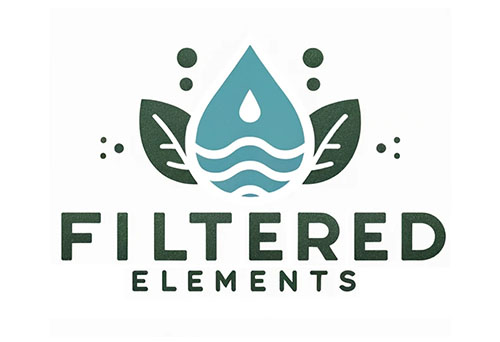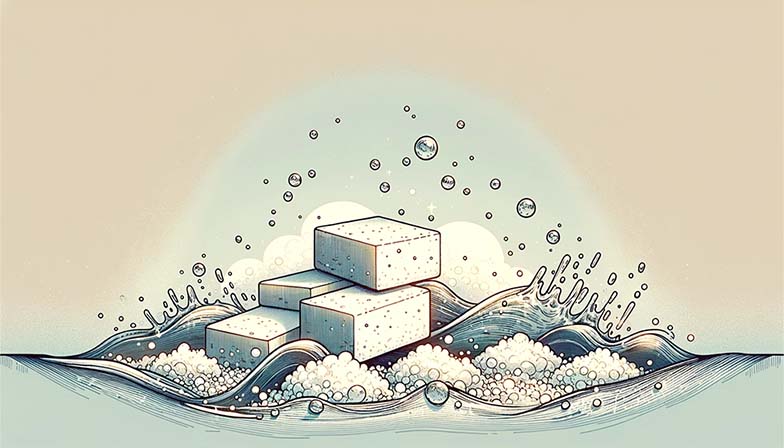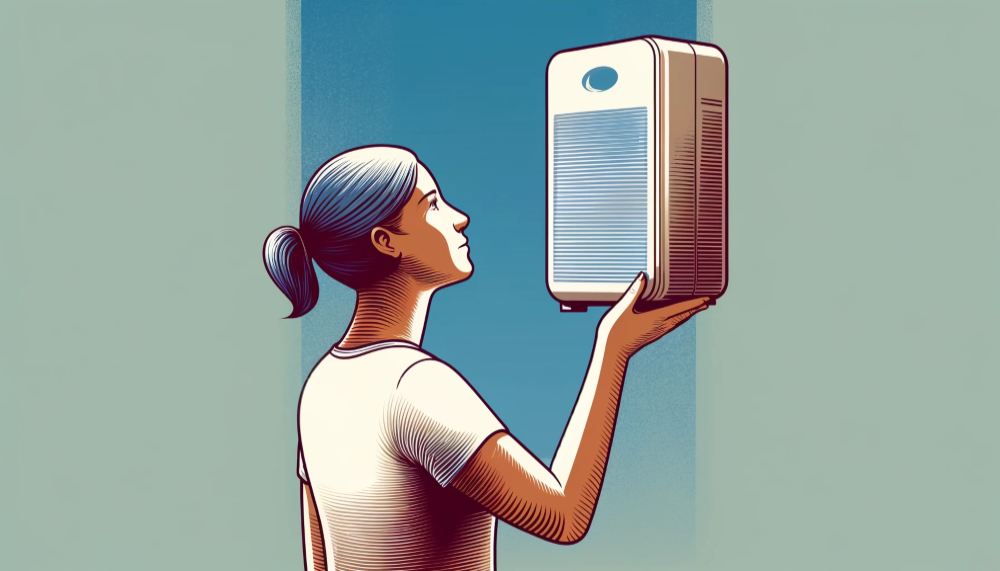In the quest for cleaner, healthier indoor air, hygroscopic materials have emerged as a powerful tool in the fight against pollutants and contaminants. With their unique ability to attract and absorb water molecules along with various pollutants.
In this article, we’ll journey through the science behind these fascinating substances, exploring how they work, their diverse applications in air purification systems, and the numerous benefits they offer for creating cleaner and healthier indoor environments. We’ll also take a look at the exciting future developments and research in this field, highlighting the potential for even more innovative and effective solutions.
By the end of this article, you’ll have a comprehensive understanding of hygroscopic materials and their vital role in the battle against indoor air pollution.
What are Hygroscopic Materials?

Hygroscopic materials are substances that have a natural affinity for water molecules. They can attract and absorb moisture from the surrounding environment, either from the air or from direct contact with water. This unique property is due to the chemical composition of these materials, which allows them to form bonds with water molecules through a process called adsorption.
Imagine a sponge that can soak up water from the air around it. That’s essentially what hygroscopic materials do, but on a molecular level. Some common examples of hygroscopic materials include:
- Silica gel: Often found in small packets inside shoe boxes or electronic devices, silica gel is a desiccant that helps keep products dry by absorbing excess moisture.
- Activated charcoal: Known for its porous structure, activated charcoal can trap water molecules, along with other contaminants, making it useful in water filters and air purifiers.
- Calcium chloride: This salt is highly hygroscopic and is commonly used in dehumidifiers to help reduce moisture levels in the air.
- Honey: A tasty example of a hygroscopic material, honey can absorb moisture from the air, which is why it tends to crystallize over time when exposed to humid conditions.
- Sodium polyacrylate: Found in disposable diapers, this super-absorbent polymer can hold up to 300 times its weight in water, keeping babies dry and comfortable.
- Salt: Many types of salt, such as table salt (sodium chloride) and Himalayan pink salt, are hygroscopic. They can absorb moisture from the air, which is why salt can clump together in humid environments.
The amount of moisture a hygroscopic material can absorb depends on factors such as temperature, relative humidity, and the specific surface area of the material. As the humidity in the air increases, hygroscopic materials will absorb more moisture. Conversely, when the air is dry, they can release some of the absorbed moisture back into the environment.
This ability to regulate moisture levels makes hygroscopic materials useful in various applications, from keeping food fresh to maintaining optimal humidity levels in buildings. In the context of air purification, hygroscopic materials can help remove pollutants and contaminants from the air by trapping them along with the absorbed water molecules, leading to cleaner and healthier indoor environments.
How Hygroscopic Materials Contribute to Air Purification
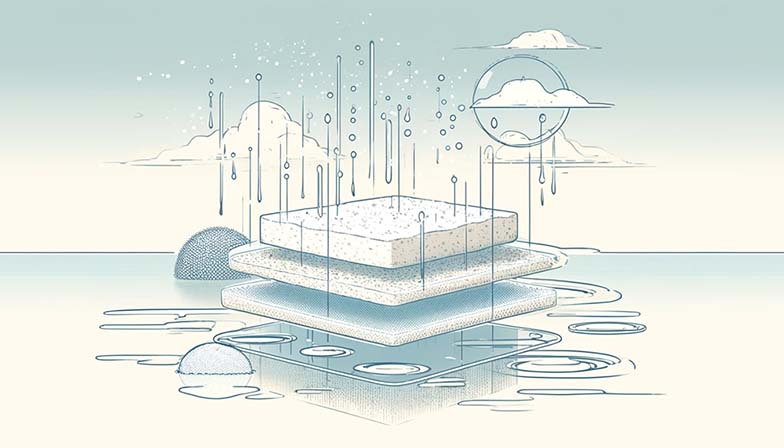
Hygroscopic materials play a crucial role in air purification by absorbing not only moisture but also various pollutants and contaminants from the air. This process is known as co-adsorption, where the water molecules and pollutants are simultaneously attracted to and trapped within the structure of the hygroscopic material.
When air passes through or over a hygroscopic material, the material’s surface attracts water molecules. As these water molecules accumulate on the surface, they create a thin film of moisture that can effectively dissolve and capture water-soluble pollutants, such as formaldehyde, ammonia, and certain volatile organic compounds (VOCs). These pollutants are then held within the hygroscopic material, preventing them from circulating in the air.
In addition to water-soluble pollutants, hygroscopic materials can also help remove particulate matter from the air. As the moisture film forms on the surface of the material, it can trap tiny particles like dust, pollen, and smoke. This is particularly useful in combating indoor air pollution, as these particles can aggravate respiratory issues and allergies.
The effectiveness of hygroscopic materials in air purification depends on several factors, including the specific material used, its surface area, and the level of humidity in the environment. Materials with a larger surface area, such as activated charcoal or silica gel, can absorb more moisture and pollutants compared to materials with a smaller surface area.
It’s important to note that hygroscopic materials have a limited capacity for absorption. Once they become saturated with moisture and pollutants, their effectiveness in air purification decreases. To maintain optimal performance, these materials need to be regularly replaced or regenerated, depending on the specific application.
While hygroscopic materials alone may not be sufficient to completely purify the air in a given space, they can be a valuable component in a comprehensive air purification system.
Applications of Hygroscopic Materials in Air Purification Systems

Hygroscopic materials have found their way into various air purification systems, thanks to their ability to absorb moisture and pollutants from the air. These materials are used in both residential and commercial settings, offering a range of benefits for indoor air quality.
Let’s explore some of the common applications of hygroscopic materials in air purification systems.
- Air Purifiers: Many traditional air purifiers incorporate hygroscopic materials like activated charcoal or silica gel in their filtration systems. These materials work in conjunction with other filters, such as HEPA or carbon filters, to remove a wide range of pollutants, including dust, allergens, and VOCs. The hygroscopic materials help to absorb moisture and water-soluble contaminants, while the other filters trap larger particles and odors.
- HVAC Systems: In larger buildings, hygroscopic materials can be integrated into heating, ventilation, and air conditioning (HVAC) systems. These materials can be placed in air ducts or as part of the system’s filtration components to remove pollutants and regulate humidity levels. By maintaining optimal humidity, hygroscopic materials can help prevent the growth of mold and bacteria, which thrive in damp environments.
- Dehumidifiers: Hygroscopic materials are a key component in many dehumidifiers, which are designed to remove excess moisture from the air. These devices use materials like silica gel or calcium chloride to absorb water vapor, helping to maintain a comfortable and healthy indoor humidity level. By reducing moisture, dehumidifiers can also help to minimize the presence of dust mites, mold, and other allergens that flourish in humid conditions.
- Salt Lamps: In recent years, Himalayan salt lamps have gained popularity as a natural air purification solution. These lamps are made from hygroscopic Himalayan pink salt, which is believed to attract and trap water vapor along with airborne pollutants when heated by the lamp’s bulb. However, the effectiveness of salt lamps in air purification is debatable, as the amount of pollutants they can remove is limited by the small surface area of the salt and the low air flow around the lamp. While salt lamps may provide a soothing ambiance and a subtle improvement in air quality, they should not be relied upon as the sole method of air purification.
Advantages of Hygroscopic Air Purification

Hygroscopic air purification offers several advantages over other air cleaning methods, making it an attractive choice for both residential and commercial settings. Let’s delve into some of the key benefits of using hygroscopic materials in air purification systems.
- Eco-Friendliness: One of the most significant advantages of hygroscopic air purification is its eco-friendliness. Unlike some other air purification methods that rely on harsh chemicals or disposable filters, hygroscopic materials are generally non-toxic and can be reused or recycled. For example, silica gel can be regenerated by heating it to release the absorbed moisture and pollutants, allowing it to be used multiple times before needing replacement.
- Sustainability: Hygroscopic materials are often derived from abundant, naturally occurring sources, such as salt or plant-based materials like activated charcoal. This makes them a more sustainable choice compared to synthetic materials or those that require extensive processing. Additionally, the long-lasting nature of many hygroscopic materials means they need to be replaced less frequently, reducing waste and minimizing their environmental impact.
- Low Maintenance: Air purification systems that utilize hygroscopic materials typically require less maintenance compared to those with mechanical filters or complex electronic components. Since hygroscopic materials absorb pollutants and moisture rather than trapping them on a surface, they are less likely to become clogged or lose efficiency over time. This translates to fewer filter replacements and less frequent cleaning, saving time and effort in maintaining the system.
- Cost-Effectiveness: The low maintenance requirements and long lifespan of hygroscopic materials can make them a cost-effective choice for air purification in the long run. While the initial cost of a hygroscopic air purification system may be higher than some other options, the reduced need for replacement filters and the potential energy savings from improved air quality can offset these costs over time.
- Versatility: Hygroscopic materials can be used in a wide range of air purification applications, from small portable air purifiers to large-scale HVAC systems. This versatility allows for customized solutions tailored to the specific needs of different spaces, whether it’s a home, office, or industrial setting. The ability to integrate hygroscopic materials with other air purification technologies, such as HEPA filters or UV sterilization, further enhances their effectiveness and adaptability.
While hygroscopic air purification has many advantages, it’s important to recognize that no single method is a complete solution for all air quality concerns.
The most effective approach to maintaining clean, healthy indoor air is to combine hygroscopic materials with other proven air purification techniques and to address the sources of pollution through regular cleaning, proper ventilation, and the use of low-emission materials in building and furnishing.
Future Developments and Research of Hygroscopic Materials
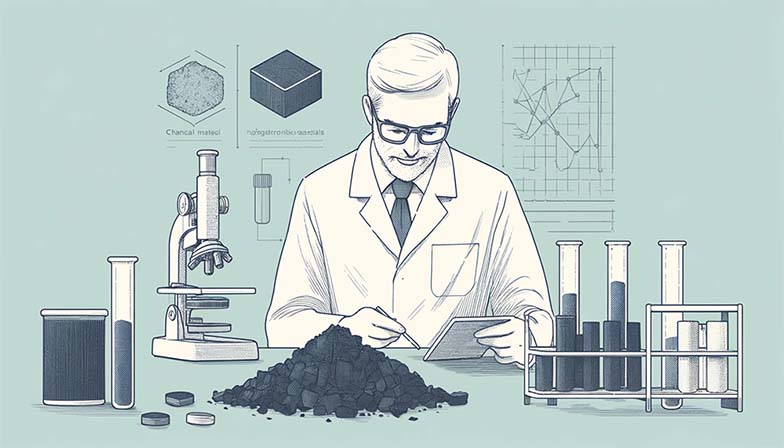
As our understanding of the potential applications and benefits of hygroscopic materials grows, so too does the opportunity for innovation and improvement in this area.
One key direction for future research is the development of new and enhanced hygroscopic materials. Scientists and engineers are continually working to create materials with higher absorption capacities, faster absorption rates, and greater selectivity for specific pollutants. For example, recent studies have explored the use of metal-organic frameworks (MOFs) as highly efficient hygroscopic materials, thanks to their large surface areas and customizable pore sizes.
Another important area for future research is the integration of hygroscopic materials with other air purification technologies. By combining hygroscopic materials with methods such as photocatalysis, plasma treatment, or advanced filtration systems, researchers aim to create more comprehensive and effective air purification solutions. These hybrid approaches could potentially address a wider range of pollutants and provide enhanced air cleaning performance.
The application of hygroscopic air purification in specific settings, such as healthcare facilities, schools, or transportation hubs, is another promising avenue for future research. Studies could focus on optimizing hygroscopic systems for these environments, taking into account factors such as occupancy levels, ventilation rates, and the types of pollutants present. Such research could lead to the development of targeted, context-specific air purification strategies that maximize the benefits of hygroscopic materials.

Furthermore, there is a need for more extensive field studies and real-world evaluations of hygroscopic air purification systems. While laboratory tests provide valuable insights into the performance of these materials, it is essential to assess their effectiveness in actual building environments over extended periods. Long-term studies could help to identify potential challenges, such as the need for regular maintenance or the impact of environmental factors on the materials’ absorption capacity.
The future of hygroscopic air purification is bright, with numerous opportunities for research and development. By advancing our understanding of hygroscopic materials, exploring innovative applications, and conducting rigorous real-world evaluations, we can unlock the full potential of this promising approach to creating cleaner, healthier indoor environments.
Final Thoughts
To wrap it up, hygroscopic materials are a highly effective and eco-friendly solution for indoor air purification. Their ability to attract and absorb water molecules, pollutants, and contaminants makes them a valuable component in creating cleaner, healthier environments. As research and development continue to advance, we can expect to see even more innovative applications of hygroscopic technology in the future.
The power of hygroscopic materials lies in their potential to improve our well-being and quality of life by providing cleaner air in our homes, offices, and public spaces. By understanding the science behind these materials and their role in air purification, we can make informed decisions about the systems we choose and take a proactive step towards breathing easier and living better.
